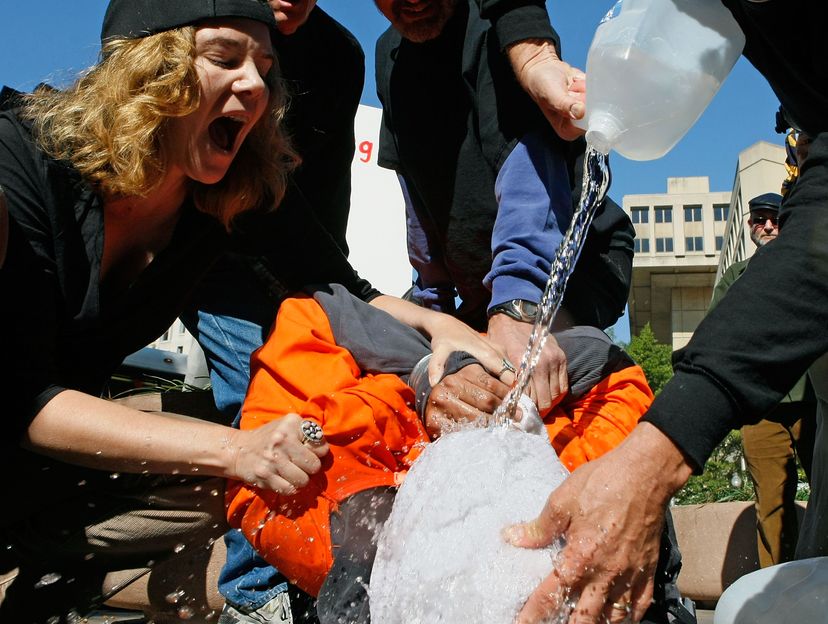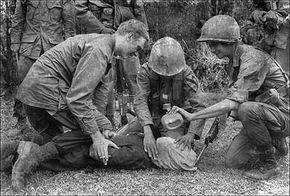
Key Takeaways
- Water boarding is an interrogation technique that simulates drowning, causing intense psychological distress and a gag reflex in the subject, making them believe they are about to die.
- Despite its use in training CIA members and Navy SEALs, many consider water boarding ineffective for reliable intelligence gathering, and it is widely condemned as a form of torture by human rights groups and international law.
- The technique was banned for all U.S. government employees, including CIA agents, by an executive order from President Obama in 2009, further codified by the McCain-Feinstein amendment in 2015.
In October 2007, Attorney General nominee Michael Mukasey drew criticism for his refusal to characterize water boarding, a controversial interrogation technique considered by many to be illegal, as torture.
Mukasey, a retired federal judge nominated by President Bush, dodged the question in his confirmation hearing by the Senate Judiciary Committee, stating that "if [water boarding] amounts to torture, it is not constitutional," but never explicitly condemning it [source: NPR]. His response prompted several senators on the committee to declare that they would oppose Mukasey's nomination as Attorney General unless he denounced water boarding as a form of torture. Nevertheless, Mukasey was confirmed and served under President Bush.
Advertisement
Mukasey's nomination wasn't the first time the Bush administration faced controversy over what it considered appropriate interrogation techniques of terror suspects. In an October 2006 radio interview, Vice President Dick Cheney was asked if a "dunk in the water" was an acceptable form of prisoner interrogation. When he answered in the affirmative, many people took that to be an endorsement of water boarding. Human rights groups immediately seized on the statement as indicating support for torture, and Cheney's spokespeople released statements saying that Cheney was not endorsing water boarding when he made that remark.
Water boarding has been around for centuries. It was a common interrogation technique during the Italian Inquisition of the 1500s and was used perhaps most famously in Cambodian prisons during the reign of the Khmer Rouge regime during the 1970s. As late as November 2005, water boarding was on the CIA's list of approved "enhanced interrogation techniques" intended for use against high-value terror suspects. And according to memos released by the U.S. Department of Justice in April 2009, water boarding was among 10 torture techniques authorized for the interrogation of an al-Qaida operative. In a nutshell, water boarding makes a person feel like he or she is drowning.
Water boarding as it is currently described involves strapping a person to an inclined board, with their feet raised and their head lowered. The interrogators bind the person's arms and legs so no movement is possible and cover the person's face. In some descriptions, the person is gagged, and some sort of cloth covers the nose and mouth; in others, the face is wrapped in cellophane. The interrogator then repeatedly pours water onto the person's face. Depending on the exact setup, the water may or may not actually get into the person's mouth and nose; but the physical experience of being underneath a wave of water seems to be secondary to the psychological experience. The person's mind believes they are drowning, and the gag reflex kicks in as if they were choking on all that water falling on their face.
So what do intelligence professionals think of this technique?
Advertisement

